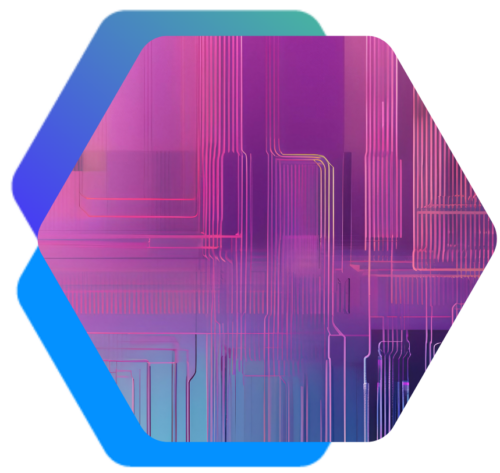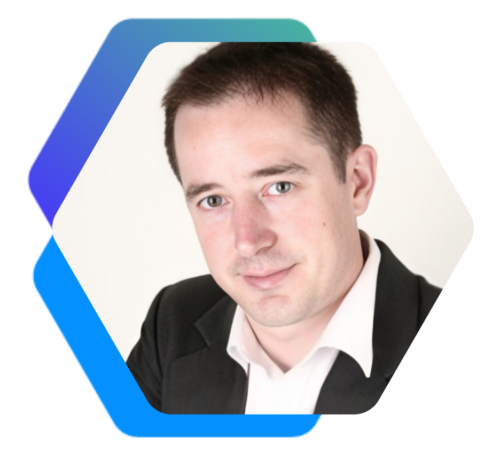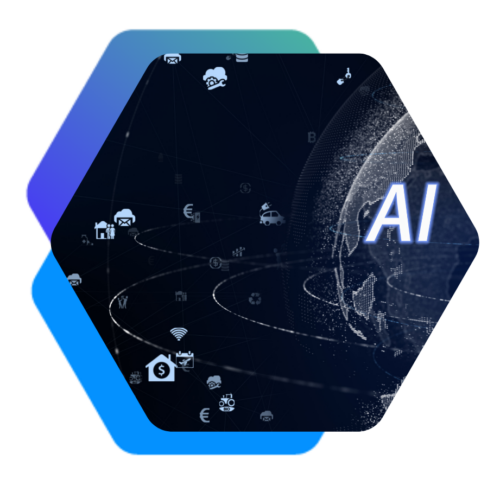How to Transform Talent Acquisition with AI and Integration
Exploring the Impact of Intelligent Automation on Hiring Strategies
The recruitment world has completely changed. What used to be endless spreadsheets, manual CV reviews, and constant admin work has become a sophisticated system of connected technologies that make human recruiters better, not replace them. For HR leaders and talent teams, understanding this shift isn't just helpful - it's essential for staying competitive.
The Modern Recruitment Challenge
 Today's recruitment teams face a perfect storm. Candidates can fire off hundreds of applications in a single day, turning job searching into the recruitment equivalent of swiping right on dating apps until something sticks. Meanwhile, growing businesses compete for the same talent as massive corporations, but with much tighter budgets.
Today's recruitment teams face a perfect storm. Candidates can fire off hundreds of applications in a single day, turning job searching into the recruitment equivalent of swiping right on dating apps until something sticks. Meanwhile, growing businesses compete for the same talent as massive corporations, but with much tighter budgets.
As Heath Buck, Chief People Officer at Atmos Wealth, recently explained on the "We Need to Talk About HR" podcast, "Three years ago, I was looking for a job. On a good day, I could send out 30 valid applications in a day. These days, people are applying for hundreds." This volume creates chaos where candidates can't remember which jobs they've applied for, and recruiters are drowning in applications.
The numbers are stark. Recruiters spend 80% of their time on admin tasks rather than actually recruiting. Manual CV screening eats up over 8 hours per week for each recruiter. Average time-to-hire stretches beyond 3 months. It's a broken system that benefits no one.
Technology Integration Changes Everything
The solution isn't just buying more tools and hoping they work together. Leading companies are completely rethinking how recruitment should work, building integrated systems where each piece of technology makes the others work better.
Think of your recruitment tech stack like a well-orchestrated team. Your applicant tracking system becomes the central hub, connecting AI-powered screening tools, intelligent sourcing platforms, video interview systems, and automated communication tools. When they work together seamlessly, magic happens.
Modern ATS platforms do far more than just store CVs. They automatically update jobs across all platforms, integrate with dozens of other tools, trigger automated workflows, and provide real-time analytics. AI has revolutionised the early stages by reviewing hundreds of CVs in minutes and matching candidates to multiple roles. Chatbots provide instant responses 24/7, with 89% of people responding within 15 minutes.
Intelligent sourcing platforms increase response rates by 33% through automated but personalised outreach. They cut sourcing time by 30% and help build talent pools that can be nurtured over time. Video interviews save each recruiter 2-3 days per week and make hiring more inclusive by removing geographical barriers.
The Human Element Stays Central
The most successful transformations follow a "human-led, tech-powered" approach. Technology handles the boring, repetitive tasks, freeing up recruiters to build relationships and make strategic decisions that require human insight.
Heath Buck's team at Atmos Wealth exemplifies this. Speaking on the podcast, he shared how automation transformed their candidate communication: "We can send automated emails that feel personal. We use more casual language, and when people are so used to formal corporate emails, if you write in casual language, they go, 'okay, this is about me personally.'"
Buck also highlighted a key insight: "In my industry that relies on highly skilled people, the difference between average and great is probably about 40% productivity." Technology helps identify and engage these high-performers more effectively.
The results prove it works. Companies report 49% faster hiring, 74% more candidates screened per recruiter, and candidate satisfaction scores above 70. One financial services company can now process 10 times more candidates while maintaining quality.
Strategic Leadership Matters
 As Buck explains, "The job of HR is to help everybody be the best they can be in the modern workforce. That's got to be including a digital plan and the right digital tools so that everybody can be more productive."
As Buck explains, "The job of HR is to help everybody be the best they can be in the modern workforce. That's got to be including a digital plan and the right digital tools so that everybody can be more productive."
His approach demonstrates this shift: "Nine times out of ten, the first starting point I've got my tech stack is actually recruitment because recruitment is where most of the time is spent by managers."
The Path Forward
Successful transformation happens in phases. Start with a solid foundation - a modern ATS with strong integration capabilities and unified data reporting. Train your team and create feedback channels for continuous improvement. Next, enhance capabilities by adding AI-powered screening, sourcing tools, video interviews, and automated workflows over 6-12 months for the biggest efficiency gains. Finally, optimise continuously by deploying advanced analytics and piloting emerging technologies.
The landscape evolves rapidly. As Heath Buck noted in his recent podcast appearance, "AI is going to get deployed quicker. The speed you can do stuff now is so much quicker than it was a few years ago, and that's going to increase exponentially." His advice? "You either work with it and become more productive, or you're going to be part of the workforce that's struggling."
Modern recruitment technology delivers measurable returns - most investments generate 3:1 ROI within six months. But the real value comes from the competitive advantage of hiring better people faster while providing experiences that candidates actually enjoy. The recruitment technology revolution is happening now. Companies that combine human insight with technological capability create recruitment experiences that candidates remember and recommend. The choice is simple but urgent - evolve with the technology landscape or risk being left behind.
Ready to transform your recruitment technology? The tools exist to turn recruitment from an administrative burden into a strategic advantage. Our team helps businesses build integrated recruitment ecosystems that deliver real results. Contact us today to discuss how we can accelerate your recruitment transformation journey
Share this
